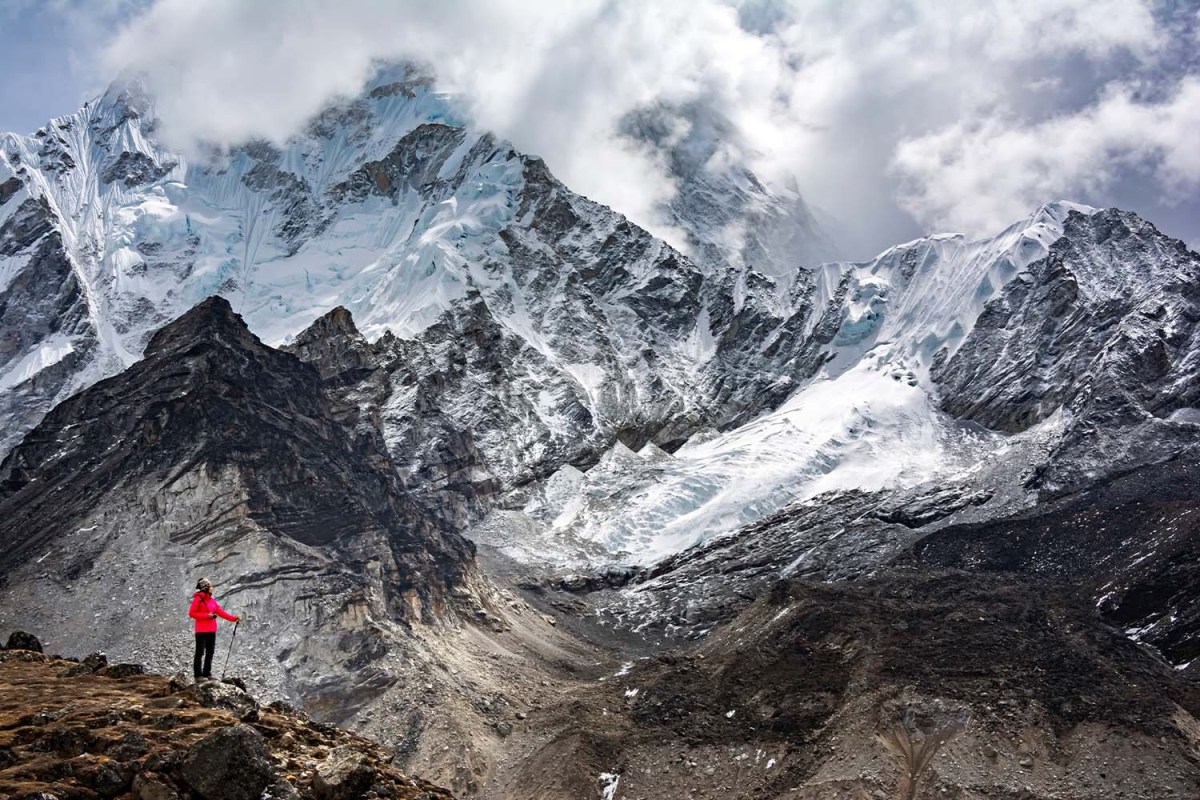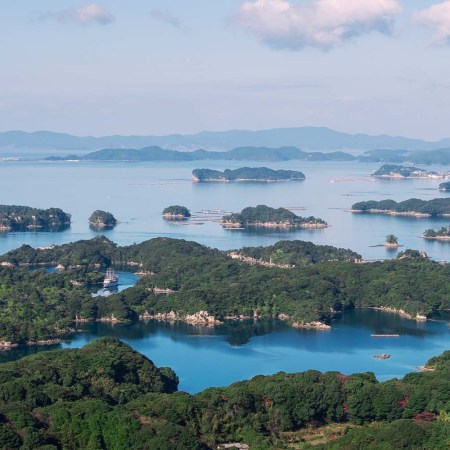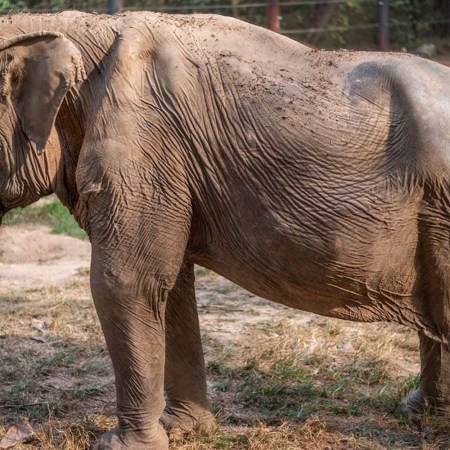Prior to the pandemic, around 400 trekkers would go missing in Nepal’s national parks every year. It’s why, five years ago, the Nepali government initially moved to ban solo hikers from climbing Mount Everest. And it’s why they’ve now decided to extend the ban to include the rest of the peaks within Nepal’s national parks, too.
As originally reported by The Kathmandu Post, the country’s tourism board has announced that — effective next month — solo hiking will no longer be allowed. Instead, travelers must go through a government-licensed guide or join a group if they hope to ascend a mountain anywhere in the national parks.
“When you are traveling solo, in case of emergencies there is no one to help you. It is fine if they are traveling in the cities, but in the remote mountains, the infrastructure is not adequate,” Mani R. Lamichhane, director of the Nepal Tourism Board, told CNN.
“When tourists go missing or they are found dead, even the government cannot track them because they have taken remote routes,” he added.
This Tour Across India and Nepal Is Equal Parts Chaos and Serenity
Our correspondent spent 18 days on the Indian subcontinent, enchanted by flights to Everest as much as dumpling cooking classesPart of the problem, officials say, is that there’s been a noticeable shift in recent years. Where Nepal’s national parks used to appeal predominately to experienced climbers, they now also draw an abundance of tourists — tourists without the know-how to maneuver the country’s dramatic terrain, or the common sense not to try. That, and the not-insignificant cost of search and rescue missions, adds up.
But the new ordinance applies to trekkers of all experience levels, which has unsurprisingly been met with mixed reviews, and not only because it’ll make trekking in Nepal more expensive. That said, there is some good news to be gleaned here. To start, according to Lamichhane, unlicensed tour guides and companies have long been an issue. As they aren’t registered with the government, they aren’t required to pay taxes and ultimately wind up taking jobs away from locals. Moving forward, this won’t be the case. Further, a lot of the deaths can be — and are — prevented by the presence of just one other experienced hiker. So, less people are likely to die, which feels like reason enough.
And if it’s not, experienced trekkers will be pleased to know they can still go sans guide outside of the parks and risk death.
Thanks for reading InsideHook. Sign up for our daily newsletter and be in the know.


















